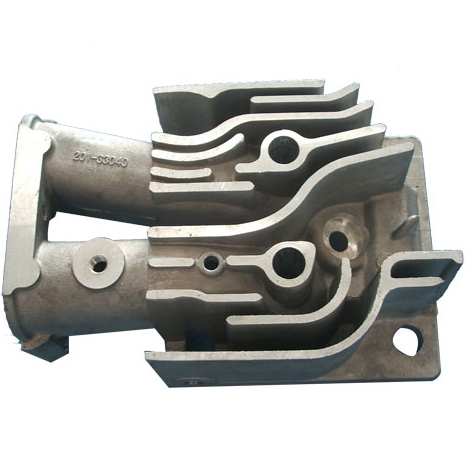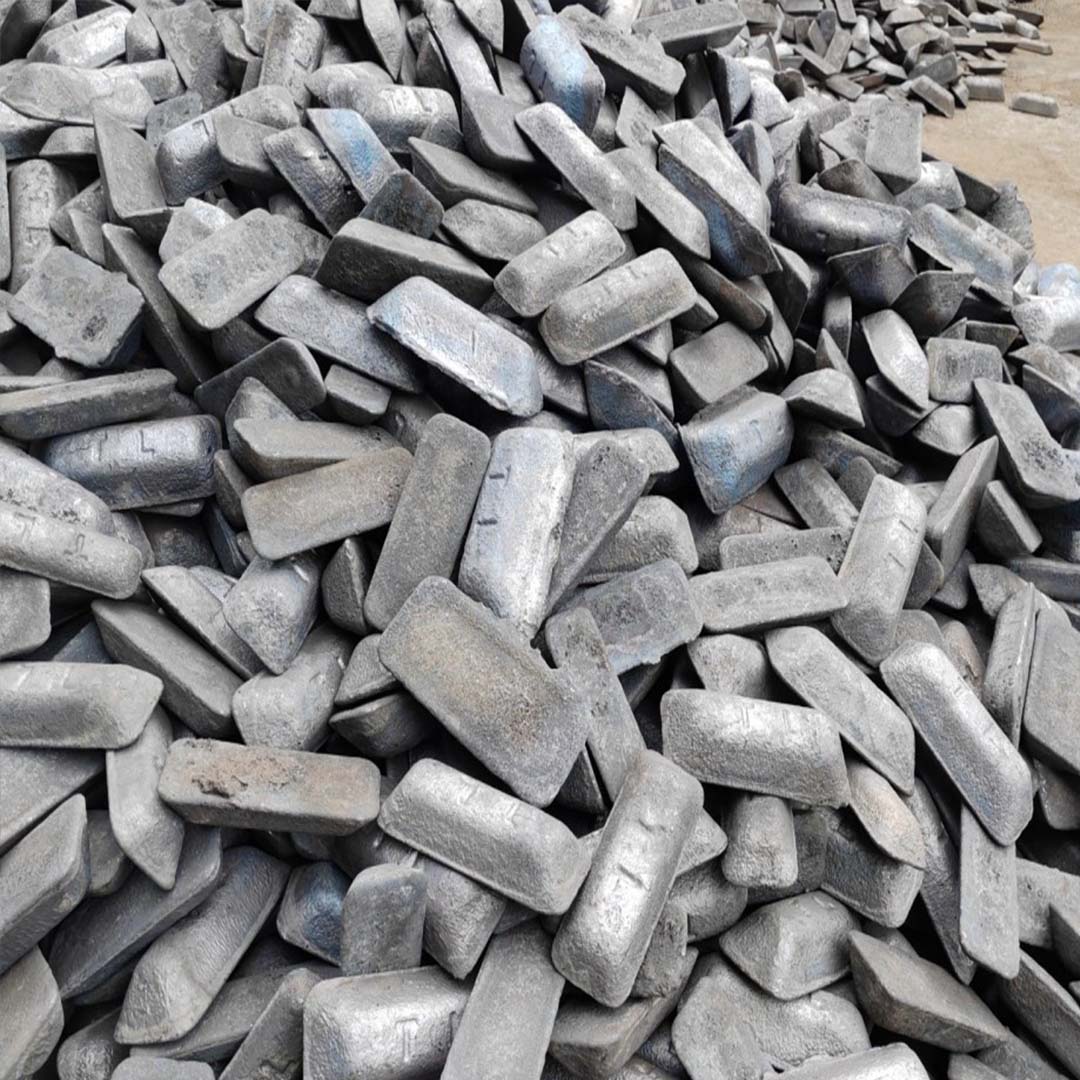Precision Cylinder Head Machining Technology Explored
2025-04-21 09:33:12 hits:0
Table of Contents
Basic Knowledge of Cylinder Head Machining
1.1Key Components of Cylinder HeadsPrecision Cylinder Head Machining Technology
2.1 CNC Milling of Cylinder Heads
2.2 Cylinder Head Machining Processes
2.3 Methods and Tools Used in Custom Machining
2.4 Refining Cylinder HeadsHow to Choose the Right Automotive Parts Manufacturer for Custom Cylinder Heads
Cylinder heads, as the core components of engines, have their machining quality directly impacting engine performance and reliability. This article delves into the precision machining technology of cylinder heads, covering CNC milling, process flow, customization methods, and refining techniques. It also analyzes the particularities of engine cylinder head machining in the automotive industry and provides practical guidelines for selecting automotive parts manufacturers for customized cylinder heads. Additionally, it compares the pros and cons of casting versus CNC machining cylinder heads, emphasizing the cost and technological advantages of Tiegu in the production of casting raw material pig iron.

Basics of Cylinder Head Machining
The primary function of a cylinder head is to control intake and exhaust airflow, promoting efficient combustion and proper engine operation. A precisely machined cylinder head is crucial for maintaining engine performance, fuel efficiency, and emission standards.
Key Components of a Cylinder Head
The cylinder head is one of the main parts of an engine, located at the top of the engine block. Its bottom surface is secured to the cylinder block with bolts via a cylinder head gasket.
It not only serves as a critical component in sealing the upper part of the cylinder and forming the combustion chamber with the piston top and cylinder wall but also functions as the assembly base for the valve train, intake and exhaust pipes, and water outlet pipes of overhead valve engines. Furthermore, the cylinder head houses a cooling water jacket, with its bottom surface's cooling water holes connected to the cylinder block's cooling water holes to dissipate engine heat through circulating water.
Precision Cylinder Head Machining Technology
CNC Milling of Cylinder Heads
CNC milling technology plays a pivotal role in cylinder head machining. Advanced CNC machines enable precise machining of dimensions and shapes according to design requirements through processes like milling, drilling, grinding, and polishing. The introduction of CNC programming enhances the automation and precision of the machining process.
For instance, by using different user coordinate systems for different orientations based on the programming origin at the dowel pin position, each machining step's accuracy is ensured. Each tool is assigned a subprogram, with the same subprogram for dual-table machines, enhancing uniformity and ensuring high-quality cylinder head production.
Cylinder Head Machining Process
The cylinder head machining process encompasses several critical steps, from raw material preparation to final assembly and final inspection.
The typical process flow includes rough machining, semi-finishing, finishing, and inspection. Specific steps may involve:
Rough Machining: Selecting the cylinder head bottom surface as the rough datum and machining the top surface, sand removal holes, and air duct planes.
Housing Surface Machining: Involving the installation of components like the camshaft housing, cylinder head gasket, controller, and housing for dust and noise prevention.
Cleaning and Leak Testing: Removing impurities from the cylinder surface and testing its sealing performance.
Main Bearing Cap Installation: Ensuring smooth engine operation.
Camshaft Bore Machining: Initially using a short tool holder to machine to semi-finish dimensions, followed by a long tool holder for semi-finishing and finishing all camshaft bores.
Methods and Tools Used in Custom Machining
Customizing cylinder heads requires personalized design based on customer needs. This demands strong R&D capabilities and advanced machining equipment from manufacturers. Common customization methods include CNC programming and rapid prototyping (3D printing). High-precision measuring instruments like coordinate measuring machines (CMMs) are also essential to ensure dimensional and shape accuracy of customized cylinder heads.
Refining Cylinder Heads
Refining cylinder heads primarily involves deburring and cleaning. Burrs generated during machining can affect cylinder head quality and performance, necessitating appropriate deburring methods like nylon brush deburring or high-pressure water deburring. Additionally, efficient cleaning equipment and methods are crucial to ensure cylinder head cleanliness meets standards.
Engine Cylinder Head Machining in the Automotive Industry
With the continuous development of the automotive industry, engine cylinder head machining technology is also advancing.
Modern engine cylinder head machining often employs flexible production lines centered around machining centers, supplemented by a few specialized inspection tools and flexible special-purpose machines. This approach not only enhances production efficiency and machining accuracy but also reduces production costs.
Moreover, with the application of new materials and processes, such as aluminum alloy materials and high-speed cutting technology, the machining quality and performance of engine cylinder heads have further improved.
How to Choose the Right Automotive Parts Manufacturer for Customized Cylinder Heads
Selecting the right automotive parts manufacturer for customized cylinder heads is crucial for ensuring product quality and performance.
When choosing a manufacturer, consider the following factors:
Technical Capabilities: Whether the manufacturer possesses advanced machining equipment and processes to meet the precision and quality requirements of customized cylinder heads.
Production Capacity: The manufacturer's production scale, lead time, and after-sales service capabilities.
Quality Certifications: Whether the manufacturer has obtained international quality management system certifications like ISO/TS16949.
Customer Reviews: Referring to other customers' evaluations and feedback to understand the manufacturer's reputation and service quality.
Advantages of Tiegu (Producing Casting Raw Material Pig Iron, with Cost and Technological Advantages)

Tiegu, as a manufacturer of casting raw material pig iron for cylinder heads, boasts significant cost and technological advantages.
By producing casting raw material pig iron in-house, Tiegu ensures raw material quality and supply stability, thereby reducing production costs. Additionally, Tiegu possesses advanced casting technology and equipment levels, enabling the production of high-quality cylinder head products. Furthermore, Tiegu emphasizes technological innovation and R&D investment to continuously enhance product performance and competitiveness.
Casting vs. CNC Machining Cylinder Heads
Casting and CNC machining cylinder heads each have their advantages and disadvantages. The choice of machining method should be based on specific product requirements and production conditions.
Casting Cylinder Heads: Suitable for applications with less stringent precision requirements, offering cost and production efficiency advantages. However, casting processes are prone to defects like porosity and shrinkage, affecting product quality.
CNC Machining Cylinder Heads: Providing high machining accuracy and surface quality, meeting the high-performance and high-reliability requirements of automotive engines. However, CNC machining incurs higher costs and longer production cycles.
Call-to-Action
👉 Fill out the form Request a Free Quote
Conclusion
Precision cylinder head machining technology is a vital link in modern engine manufacturing.
Tiegu not only serves as a casting manufacturer but also possesses a supply chain advantage in raw material pig iron production, significantly reducing casting costs. Leveraging its technological strengths, Tiegu provides robust support for casting cylinder heads.
In the future, with the continuous development of the automotive industry, precision cylinder head machining technology will continue to innovate and improve, making greater contributions to enhancing engine performance and reliability in automobiles.

 en
en  fra
fra  de
de  ru
ru  ara
ara  gle
gle  it
it  jp
jp  kor
kor  th
th  zh
zh 


